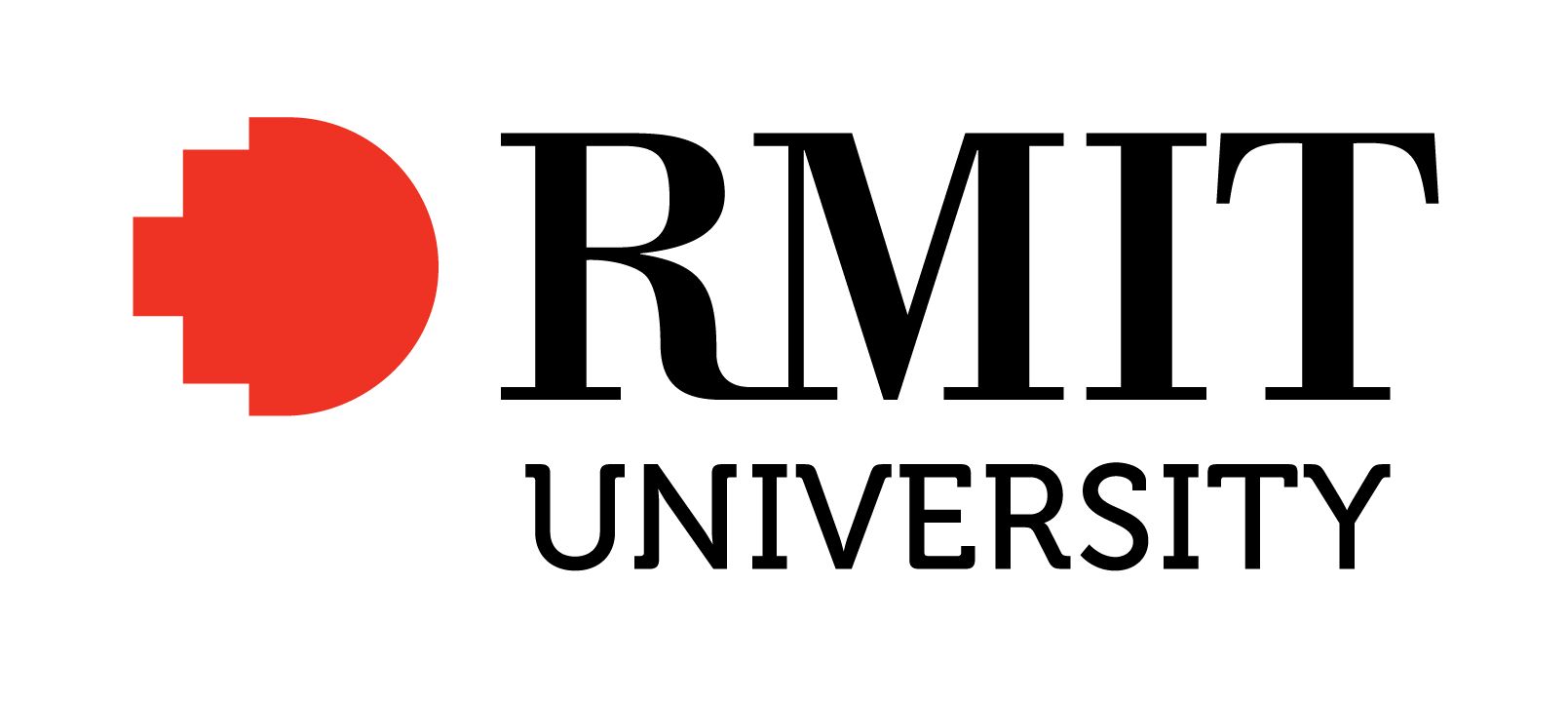Full description
Attached file provides supplementary data for linked article. Solid-state grinding of palladium and copper salts allowed the growth of palladium/copper oxide interface at the zeolite-Y surface. The hybrid nanostructured material was used as reusable heterogeneous catalyst for selective oxidation of various benzyl alcohols. The large surface area provided by the zeolite-Y matrix highly influenced the catalytic activity, as well as the recyclability of the synthesized catalyst. Impregnation of PdO-CuO nanoparticles on zeolite crystallite leads to the generation of mesoporous channel that probably prevented the leaching of the metal-oxide nanoparticles and endorsed high mass transfer. Formation of mesoporous channel at the external surface of zeolite-Y was evident from transmission electron microscopy and surface area analysis. PdO-CuO nanoparticles were found to be within the range of 2-5 nm. The surface area of PdO-CuO-Y catalyst was found to be much lower than parent zeolite-Y. The decrease in surface area as well as the presence of hysteresis loop in the N 2 -adsoprtion isotherm further suggested successful encapsulation of PdO-CuO nanoparticles via the mesoporous channel formation. The high positive shifting in binding energy in both Pd and Cu was attributed to the influence of zeolite-Y framework on lattice contraction of metal oxides via confinement effect. PdO-CuO-Y catalyst was found to oxidize benzyl alcohol with 99% selectivity. On subjecting to microwave irradiation the same oxidation reaction was found to occur at ambient condition giving same conversion and selectivity. Subjects
Benzyl alcohol |
Chemical Sciences |
Chemical Sciences Not Elsewhere Classified |
Microwave irradiation |
Other Chemical Sciences |
Oxidation |
PdO-CuO |
Solid-state dispersion |
Zeolite-Y |
User Contributed Tags
Login to tag this record with meaningful keywords to make it easier to discover
Identifiers
- Local : 73650f357b7f49315f986ae2e6ce91a9


